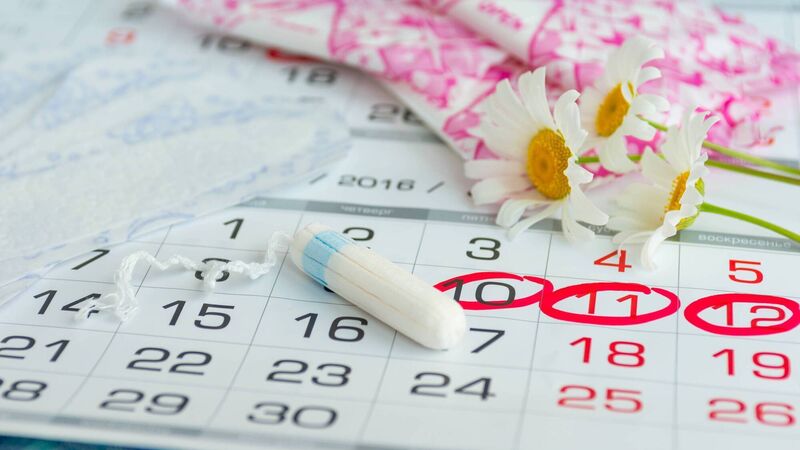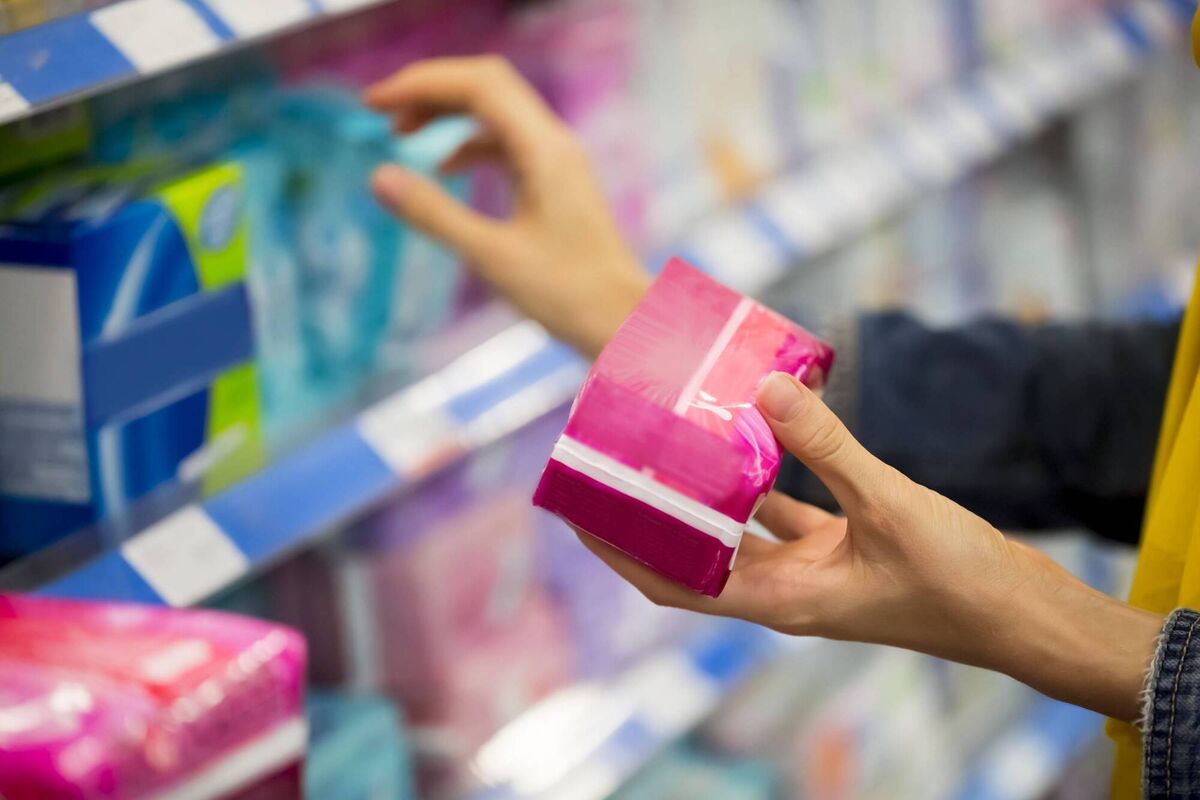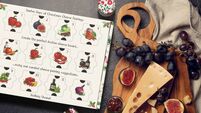Dr Michelle O'Driscoll: All you need to know about period hygiene

Dr Michelle O'Driscoll outlines different types of period products.
FROM the onset of puberty and the beginning of our periods, women must navigate menstrual hygiene, and consider what methods they’ll use to manage their monthly flow.
Pads – probably the most ‘traditional’ form of menstrual hygiene products, these would have usually been the go-to for older generations in particular. They are an easy, straightforward option for those who have just begun their period, or those who are nervous of a very heavy flow that may otherwise leak, due to the varying levels of thickness and absorbency.
Tampons – also available in a number of sizes and absorbencies, some come with an applicator to aid insertion. Many rely on these only and love their convenience, but an important consideration with tampons is the risk of toxic shock syndrome if not changed every 4-8 hours.

Menstrual cups – these are used by a much lower number of women, but are reportedly very effective. They are inserted into the vagina to collect the blood during a period, and are made of silicone, latex or thermoplastic rubber. They form a seal with the vaginal wall which prevents any leakage, and vary in the capacity they can hold. They’re not meant to protect against pregnancy, and they should be thoroughly cleaned between uses. Their comfort levels increase over time, and with regular use.
Period pants – these knickers incorporate excellent built-in absorbancy, which can be adjusted according the time of the period to adequately cover the flow by choosing a pants with the right level of absorption.






 App?
App?





